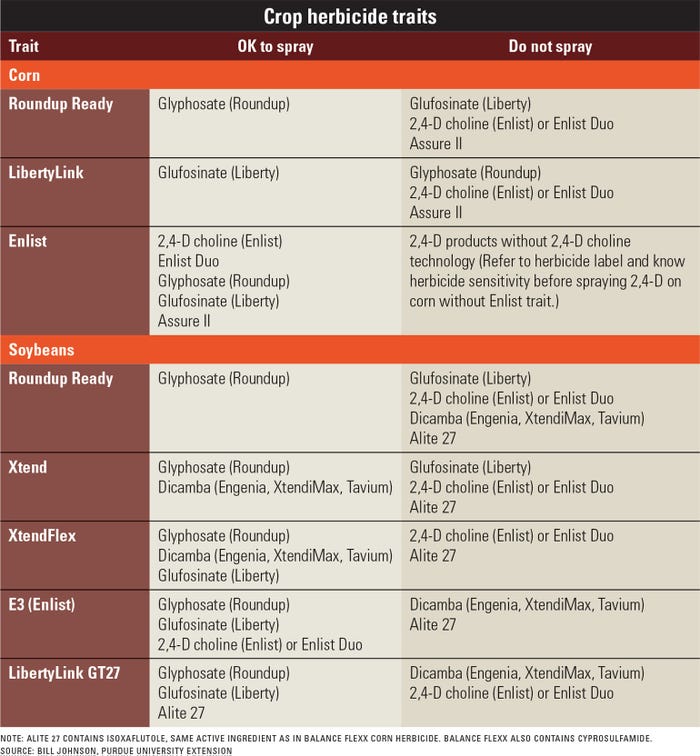
Effective communication is essential in any farm operation. Clarity is key to avoiding misunderstandings, wasted time and major mistakes.
Marty Huseman, White County, Ind., an ag safety consultant with Good Day’s Work, says that’s why many farms adopt a policy of two-way communication, where both parties take turns talking and listening.
“This ensures that everyone is on the same page, and that important details aren’t lost in translation,” Huseman says. “In addition, repeating back what you’ve heard helps to confirm that the message was received correctly. While it may require a bit more effort upfront, two-way communication can save a lot of headaches in the long run.”
One of the biggest headaches this time of year could stem from making one of the worst mix-ups possible on the farm — getting the wrong chemical on the wrong field. Instead of killing weeds, you toast the corn or soybean crop not tolerant to the herbicide mistakenly added to the tank.

While record-keeping plays a key role in making sure you spray the right chemicals on the right fields, communication is critical too. If you don’t communicate to the retailer properly, or vice versa, or if you spray your own crops and you and your employee miscommunicate, it can mean writing off a field of corn or beans, or if there’s time, making a hasty replant.
“The two-way communication method could really help prevent simple mistakes with big consequences,” Huseman says.
Golden rules of communication
Following Huseman’s “golden rules of communication” may also ensure the right products get applied in the right field:
Clarity. Your voice should be clear. Speak a little slower than normal. Speak in a normal tone. Think about your message beforehand.
Simplicity. Keep your message simple enough for intended listeners to understand. Think before you speak. Avoid a long, complicated message. Deliver the message so the listener can easily repeat it back to you.
Brevity. Be precise and to the point. Be short, accurate, complete and organized. No chitchat. Do not interrupt when someone else is talking; wait until they are finished.
Security. Do not transmit confidential information except when face to face whenever possible, period.
About the Author(s)
You May Also Like




